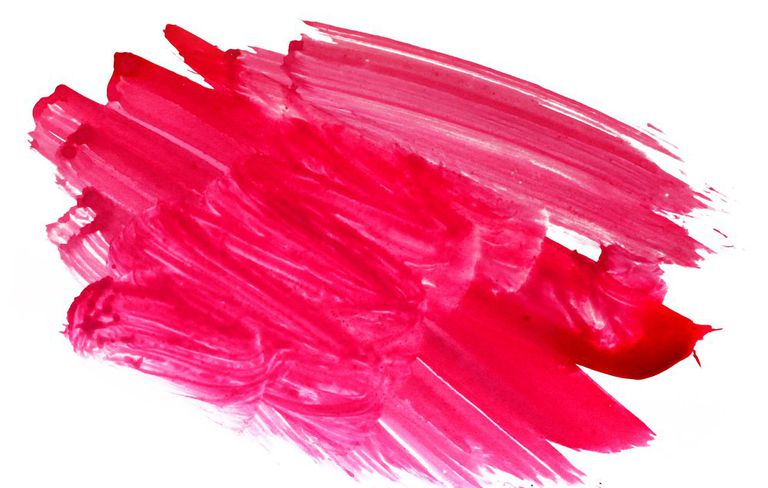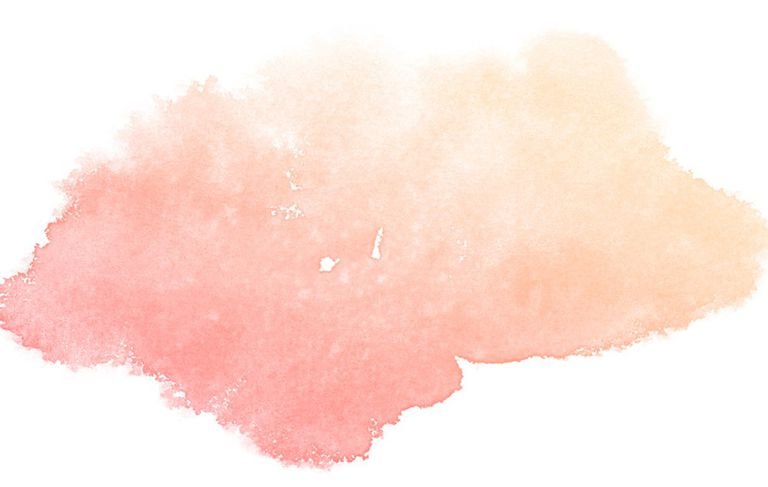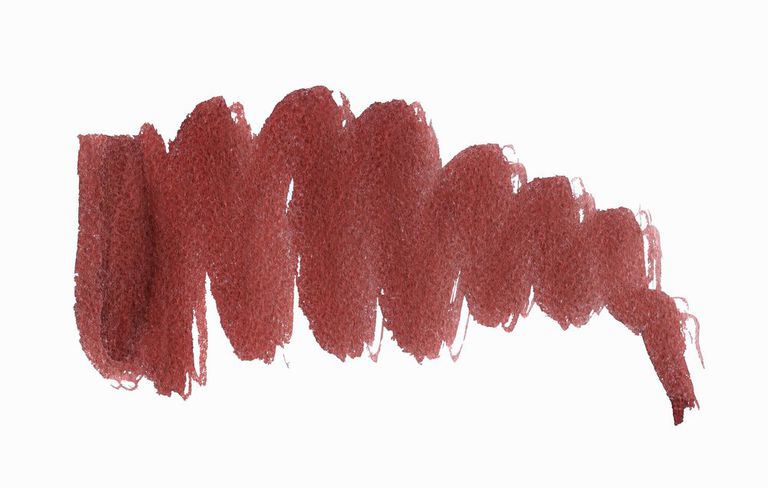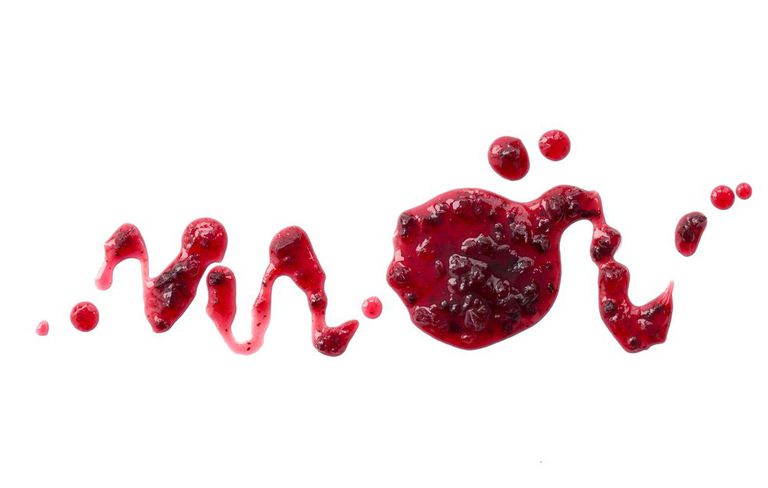
Your period has its own rainbow of colours, ranging from red to brown, black or blue. But there’s an explanation for every shade & it’s almost always harmless.
Your period may show up every month and annoy you with the cramps, bloating, and fatigue that come along with it, but it deserves a little respect. Your monthly flow can actually provide a lot of insight into your overall health.
The colour of your period blood may also provide some insights into what else is going on inside your body.
- If it’s pinkish…

Seeing extremely light red or pink coloured blood can happen when your period is lighter than usual or when you’re spotting. It’s normal to have a light period flow on occasion, especially if you’re stressed out, highly athletic, or have experienced a significant change in your weight.
If your period is light month after month, it could be an indicator of a vitamin or nutrient deficiency, which could put your bones and heart at risk. Take this time to reassess your diet and make sure to eat lots of protein-rich foods.
- If it’s watery-looking…

A white-ish, diluted flow can be a symptom of severe anaemia, especially if you notice your period getting lighter and lighter when it would ordinarily get a bit heavier. If, after monitoring your period for two or three cycles, you’re worried that this could be the case, talk to your doctor about getting tested for nutritional deficiencies.
- If it’s dark brown or black

As mentioned, the blood that sticks around the longest in your uterus will be the darkest. Most commonly, this blood will be brown, but it’s not abnormal if it’s black. You’ll most likely see this darker colour right at the beginning of your cycle on the first day when your period is starting (leftover from last month!), or right at the end when your period is on its way out.
- If it’s a thick jam-coloured red with large clots…

You may have low progesterone levels and high estrogen levels. While some clotting is normal. Clots the size of a quarter or larger can indicate a serious hormonal imbalance.
Recommends reducing your consumption of dairy, soy, and sugar and seeing if that makes a difference.
Fibroids are another possibility. They’re most often benign, but they can be painful, so if you suspect they’re behind your heavy, clot-filled periods, ask your doctor for an ultrasound.
- If it’s a mix of grey and red…

You may have an infection. You’ll probably also experience a really foul, necrotic stench.
Women who miscarry sometimes notice grey chunks of tissue that look like “liver”. So if you think there’s a possibility that you’re pregnant or having a miscarriage, call your doctor ASAP.
- Bright red

As you may know, period blood is different than the kind of blood that would come from a scraped knee or a papercut. Since it’s mixed with your uterine lining, the colour isn’t quite as bright as your papercut blood and ends up more of a fresh cranberry red. When your period blood is this colour, it means this is the freshest blood your uterus is shedding.
You will usually see this colour during the middle of your cycle. If this turns up when you’re not supposed to be on your period, it could be spotting, which is completely normal. However, if it’s accompanied by cramping or pain, it could be an indicator of an underlying problem, such as a cyst. You know your body best, so if you feel like something is up, contact your family physician or gynaecologist.

Post Your Comments